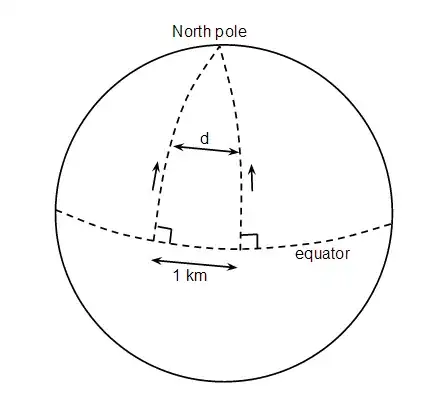On cseligman.com, it is written that
So, we see things falling with an acceleration which we call the acceleration of gravity,and thinking that we live in a straight line , uniformly moving or stationary inertial frame, we attribute that acceleration to a force, the force of gravity. Whereas in reality,objects falling towards the Earth are moving along geodesic paths with no acceleration and according to modified version of law of inertia, have no force acting on them. They fall simply because the curved space-time near the Earth ...
Now, why do the objects falling towards the Earth move along the geodesic paths with no acceleration? That means the objects don't have any force acting on them, but why? A body in a free-fall moves with acceleration $g$, so, why is it written like that? Why does the author use Law of inertia on freely falling body?? Law of Inertia can only be applied when no external force acts on the body. So, is the freely-falling body accelerates under force of gravity or moves uniformly while moving through geodesic paths as quoted by the author?
